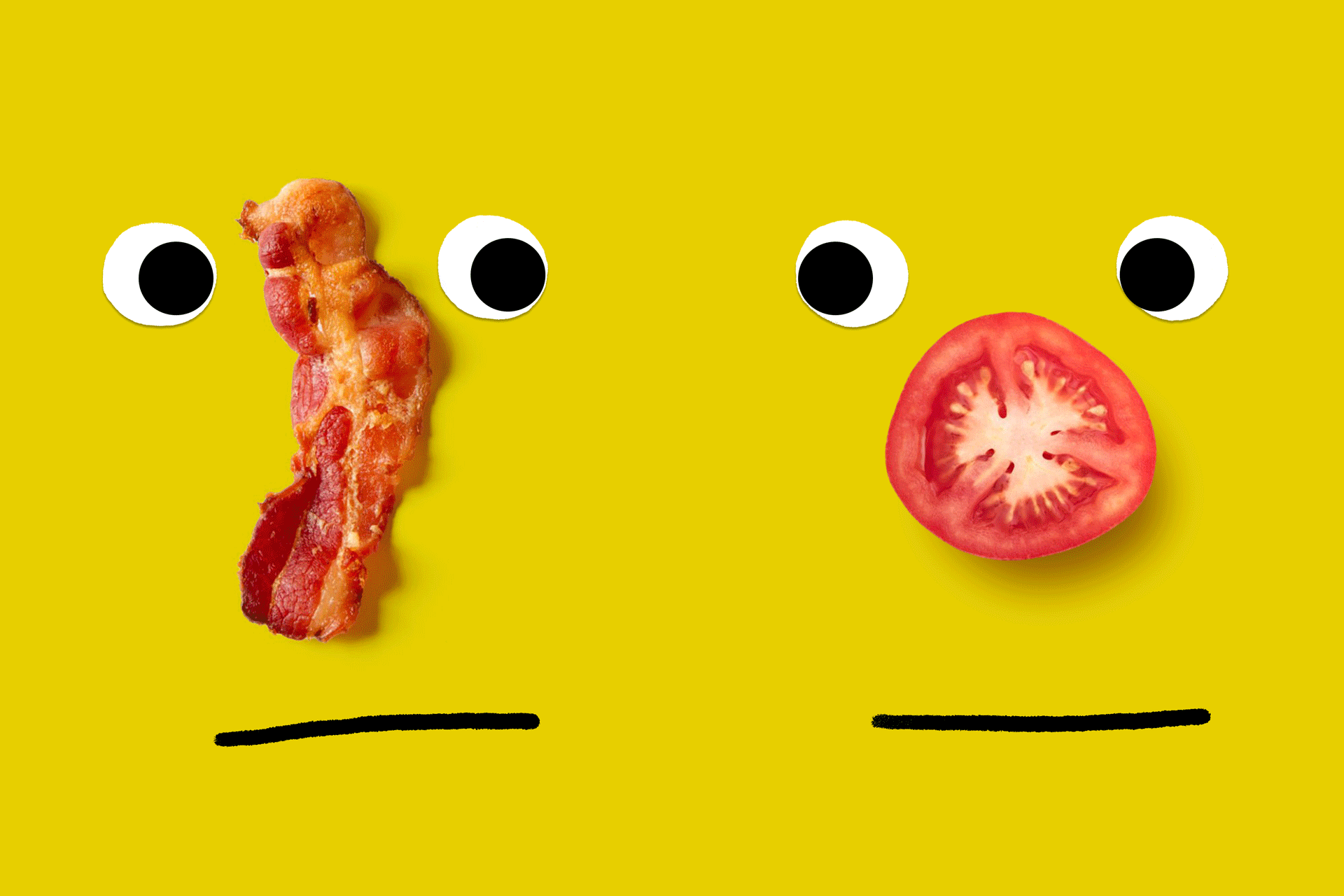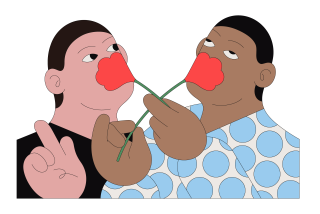Human nose able to sniff it out
- Share via
CHICAGO — Since the most ancient humans lifted their noses from the ground and stood upright, humanity’s sense of smell has dwindled to second-class status, a talent we gladly leave to drug-sniffing dogs.
But a study suggests that buried in each person’s olfactory lobe lurks enough tracking skill to make a bloodhound bay with resentment.
If the results are surprising, that may be because no one ever tried putting a bunch of college undergraduates in a field wearing blindfolds and sound-muffling headphones, then had them crawl in the grass after a scent like pigs hunting for truffles.
When researchers at UC Berkeley did try that, they found that most of the students could follow a 30-foot trail of chocolate perfume and even changed direction precisely where the invisible path took a turn. What’s more, the subjects were able to smell in stereo; when researchers blocked their ability to smell independently with each nostril, the students’ scent-tracking accuracy dropped off dramatically.
By revealing how noses locate smells, the scientists hope to lay the groundwork for electronic noses that could detect hazards like land mines. Their work, published online Sunday in the journal Nature Neuroscience, was funded in part by the U.S. Army Research Office.
Other experts say the findings will help rebut the misconception that people stink at following scents.
“What this study highlights most for me is that the human sense of smell is a lot better than many people think it is,” said Dr. Jay A. Gottfried, a professor of neurology at Northwestern University.
“If you paid more attention to smell, it would become a more prominent aspect of your life.”
Our dormant flair for smell comes as no surprise to many researchers who study perception. Humans need a good sense of smell to distinguish flavors, which arise only partly from the taste buds on the tongue. Without smell, people would have little ability to distinguish between different fruits or types of meat.
The students adopted a technique dogs use -- zigzagging as they tracked the smell.






